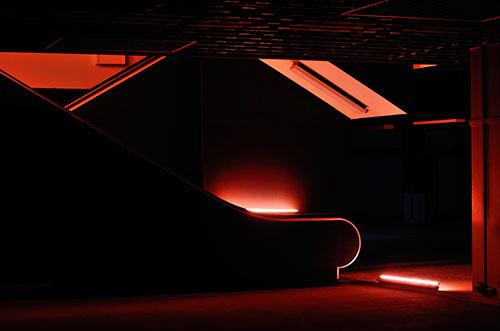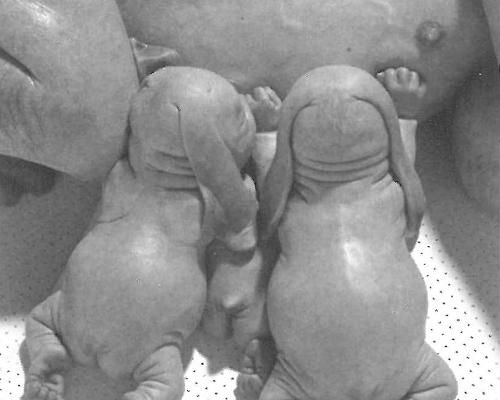Search
You searched for articles tagged with War ...

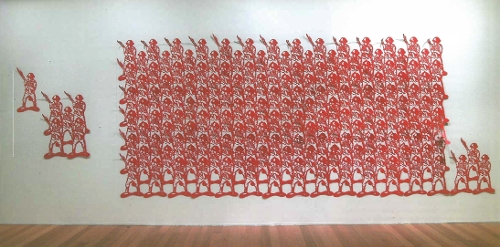










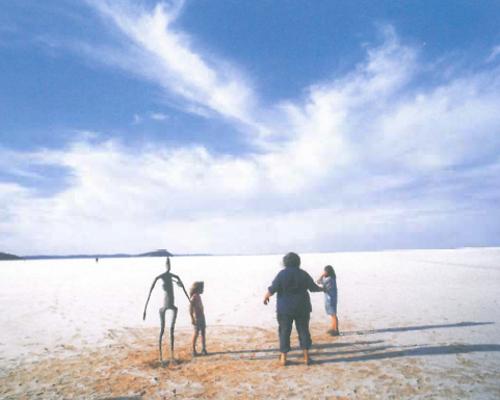




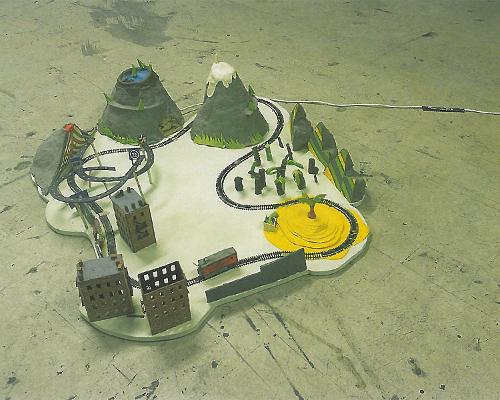





The Carpet Wars by Christopher Kremmer by Harper Collins Sydney 2002
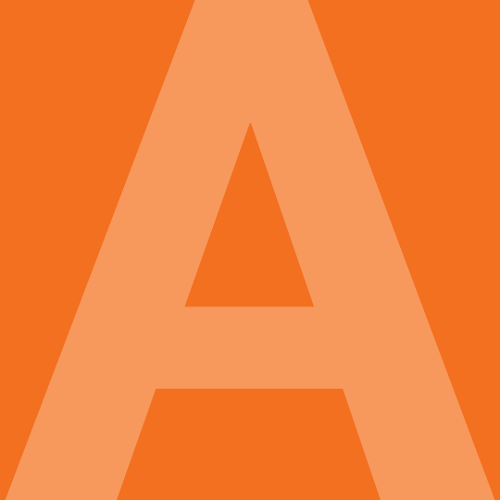
Value Added Goods: Essays on Contemporary Photography, Art & Ideas edited by Stuart Koop, Melbourne 2002, Centre for Contemporary Photography) ISBN 9780957748828 Contributors: Annamarie Jagose, Helen Grace, Catriona Moore, Rex Butler and Keith Broadfoot, Chris McCauliffe, Adrian Martin, Vivien Johnson, Paul Carter, Douglas Kahn, Catherine Lumby, Elizabeth Grosz, Peter Kemp, Edward Colless, Brian Massumi, William D. Routt, Geoffrey Batchen, Ross Gibson, Judy Annear, Scott McQuire.
